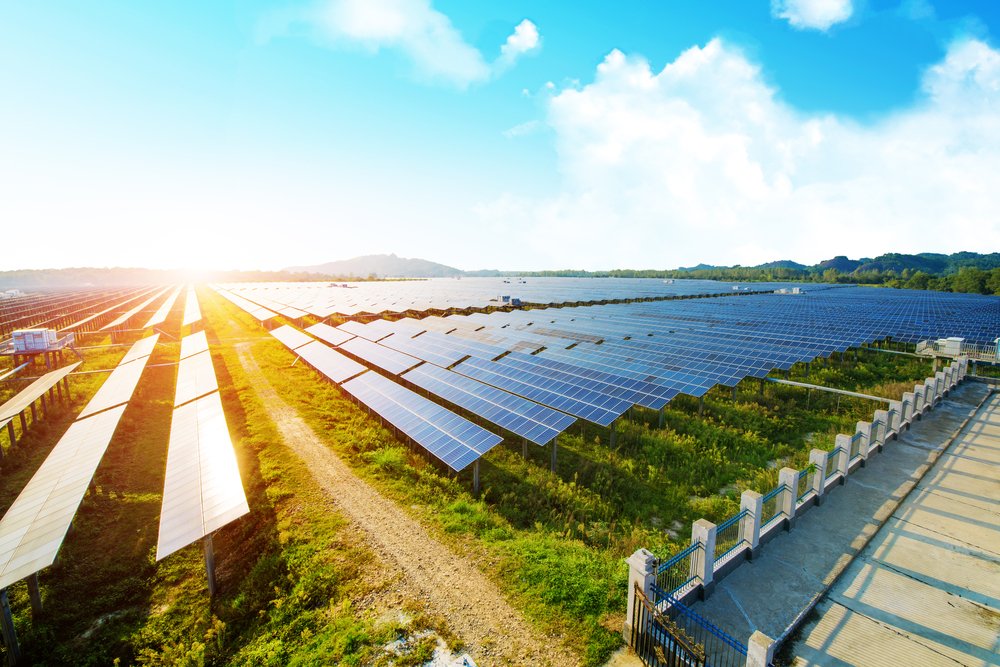
The process of electricity production in a solar plant is completely ecological and doesn’t generate polluting elements for the environment, as well as being one of the most efficient renewable energies that currently exist.
Thanks to these advantages of solar energy compared to energies generated from fossil fuels or non-renewable sources, solar power plants represent a key tool for developing a new long-term sustainable production model, which is completely eco-friendly.
Depending on its operating system, there are two main types of solar plants: solar thermal power plants and solar photovoltaic plants.
- Site Selection and Feasibility Study: Identify potential sites for the solar power plant based on factors such as solar resource availability, land availability, proximity to transmission infrastructure, environmental impact, and regulatory considerations. Conduct a feasibility study to assess the technical, economic, and regulatory aspects of the project.
- Permitting and Approvals: Obtain necessary permits and approvals from local authorities, regulatory agencies, and landowners. This may include environmental permits, land use permits, zoning approvals, and interconnection agreements with utilities.
- Engineering and Design: Develop detailed engineering plans and designs for the solar power plant, including layout, equipment selection, electrical system design, and civil works. This stage also involves conducting site surveys, geotechnical investigations, and environmental impact assessments.
- Procurement: Procure the necessary equipment and materials for the solar power plant, including solar panels, inverters, mounting structures, electrical components, and balance of system components. This may involve soliciting bids from suppliers and contractors and negotiating contracts.
- Site Preparation: Prepare the site for construction by clearing vegetation, grading the land, and installing access roads and fencing. This stage also involves preparing the foundation for solar panel arrays and other infrastructure.
- Installation: Install the solar panels, mounting structures, inverters, transformers, switchgear, and other equipment according to the engineering plans and specifications. This may involve hiring subcontractors for specialized tasks such as electrical wiring and mechanical installation.
- Electrical Interconnection: Connect the solar power plant to the electrical grid through interconnection facilities and substations. This involves coordinating with the local utility and complying with regulatory requirements for grid connection.
- Testing and Commissioning: Test and commission the solar power plant to ensure that it operates safely, reliably, and efficiently. This includes conducting performance tests, system integration tests, and grid connection tests to verify compliance with technical standards and specifications.
- Operations and Maintenance: Once the solar power plant is operational, it requires ongoing monitoring, maintenance, and management to optimize performance and maximize energy production. This includes regular inspections, cleaning of solar panels, equipment maintenance, and troubleshooting of any issues that arise.
- Monitoring and Performance Analysis: Implement a monitoring system to track the performance of the solar power plant, including energy production, system efficiency, and environmental conditions. Analyze performance data to identify opportunities for optimization and improvement.
- Regulatory Compliance and Reporting: Ensure compliance with regulatory requirements for environmental protection, safety, and reporting. This may include submitting periodic reports to regulatory agencies and participating in compliance audits.
- Community Engagement and Stakeholder Relations: Engage with local communities, landowners, and stakeholders throughout the project lifecycle to address concerns, build relationships, and promote the benefits of solar energy development.
